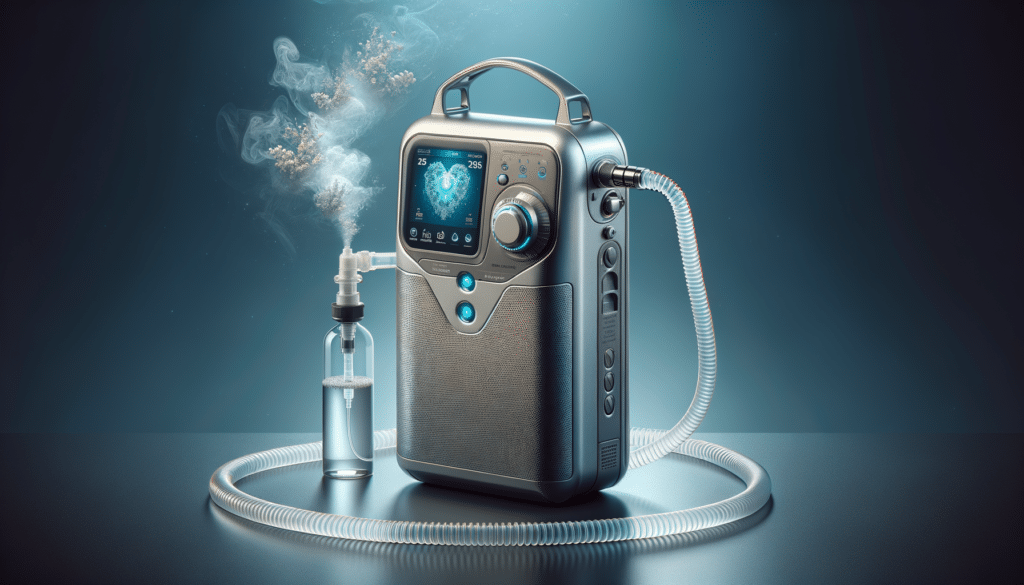Introduction to Portable Oxygen Concentrators
Portable oxygen concentrators (POCs) have become a vital tool for individuals with respiratory conditions, providing them with a new lease on life through enhanced mobility and independence. Unlike traditional oxygen tanks, POCs are compact, lightweight, and designed for easy transport, making them an ideal choice for those who require oxygen therapy on the go. The increasing demand for these devices is driven by the growing awareness of respiratory health and the desire for a more active lifestyle among users.
How Portable Oxygen Concentrators Work
Understanding the functionality of portable oxygen concentrators is essential for appreciating their benefits. These devices work by taking in ambient air, which is composed of approximately 21% oxygen, and filtering out nitrogen to deliver concentrated oxygen to the user. The process involves several key steps:
- Air Intake: Ambient air is drawn into the concentrator through an air inlet.
- Filtration: The air passes through a series of filters to remove dust and other impurities.
- Oxygen Concentration: A molecular sieve separates nitrogen from the air, increasing the oxygen concentration.
- Delivery: The concentrated oxygen is then delivered to the user through a nasal cannula or mask.
This process ensures a continuous and reliable supply of oxygen, tailored to the user’s specific needs. Most POCs are equipped with adjustable settings, allowing users to customize the oxygen flow rate according to their doctor’s prescription.
Benefits of Using Portable Oxygen Concentrators
Portable oxygen concentrators offer numerous advantages over traditional oxygen delivery systems, making them a preferred choice for many users. Some of the key benefits include:
- Mobility: The compact design and lightweight nature of POCs enable users to travel freely, whether it’s a short trip to the supermarket or a long-haul flight.
- Convenience: With rechargeable batteries and the ability to plug into car outlets, POCs provide flexibility and ease of use.
- Cost-Effectiveness: While the initial investment may be higher, POCs eliminate the need for regular oxygen tank refills, reducing long-term costs.
- Improved Quality of Life: Enhanced mobility and independence lead to better mental health and overall well-being for users.
These benefits make POCs an attractive option for individuals seeking to maintain an active lifestyle despite their respiratory challenges.
Choosing the Right Portable Oxygen Concentrator
Selecting the appropriate portable oxygen concentrator requires careful consideration of several factors to ensure it meets the user’s specific needs. Important aspects to consider include:
- Oxygen Output: Ensure the device can deliver the required oxygen flow rate as prescribed by a healthcare professional.
- Battery Life: Consider the duration of battery life for uninterrupted use, especially during travel.
- Weight and Size: Choose a model that is easy to carry and fits comfortably into the user’s lifestyle.
- Noise Level: Some devices operate more quietly than others, which may be a consideration for noise-sensitive users.
Consulting with a healthcare provider and testing different models can help users find the POC that best suits their requirements and preferences.
Conclusion
Portable oxygen concentrators have transformed the way individuals with respiratory conditions manage their health, offering freedom and flexibility that was once unimaginable. By understanding the workings, benefits, and considerations involved in choosing a POC, users can make informed decisions that enhance their quality of life. As technology continues to advance, the future looks promising for even more innovative solutions in respiratory care.





